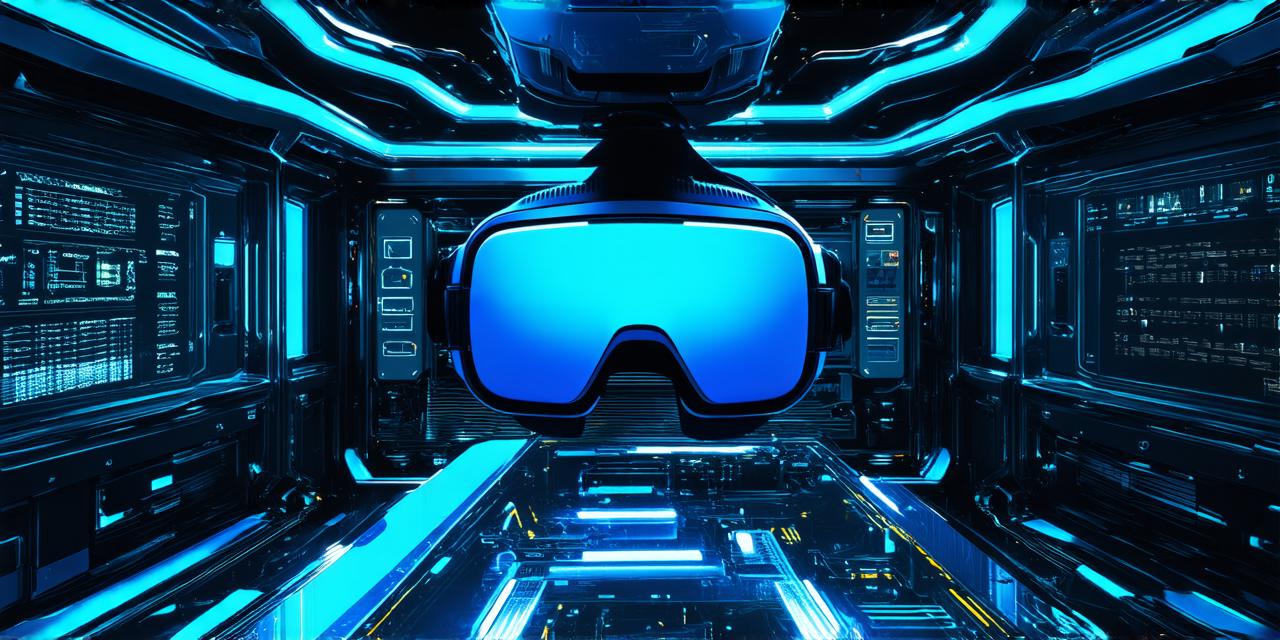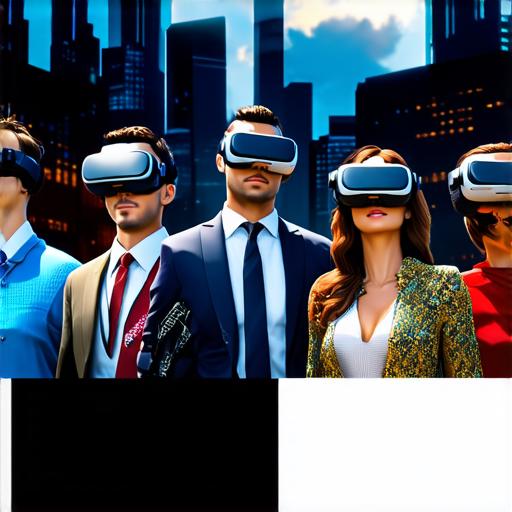
When will virtual reality become accessible?
VR Technology
Virtual reality technology has come a long way since its inception. Today, VR headsets offer high-resolution displays, advanced tracking systems, and powerful processors that allow for seamless motion tracking. Additionally, advancements in haptic technology have made it possible to simulate realistic sensations, such as touch and vibration.
The most popular VR headsets on the market today are the Oculus Quest 2, HTC Vive Pro Eye, and PlayStation VR. These devices offer a range of features, including wireless connectivity, room-scale tracking, and compatibility with various gaming and non-gaming applications.
Barriers to Accessibility
Despite its potential, virtual reality technology remains a niche market with limited accessibility. There are several barriers to accessibility that have hindered the adoption of VR technology.

- Cost: One of the main barriers to VR adoption is cost. High-end VR headsets can be quite expensive, with prices starting at around $300. This cost can be a significant barrier for consumers who are not willing or able to spend that much money on a single piece of technology.
- Comfort: Another barrier to VR accessibility is comfort. Many users experience motion sickness when using VR headsets, which can make the experience uncomfortable and unpleasant. Additionally, some users may find the weight and bulk of the headset to be uncomfortable to wear for extended periods.
- Technical requirements: VR technology requires a powerful computer or gaming console to run smoothly. This can be a barrier for consumers who do not have access to high-performance hardware.
- Content availability: Finally, the lack of content available for VR can be a barrier to adoption. While there is a growing number of VR games and applications, there is still limited content available across various industries, such as education, healthcare, and entertainment.
The Future of VR
Despite these barriers, the future of virtual reality technology looks promising. With advancements in hardware, software, and content development, VR is becoming more accessible and affordable for consumers.
- Wireless VR: As wireless technology continues to improve, we can expect wireless VR headsets to become more common. This will make it easier for users to move around freely while using the device, reducing the risk of motion sickness and discomfort.
- Lower-cost devices: As VR technology becomes more mainstream, we can expect prices to decrease. This will make VR more accessible to consumers who may not have been able to afford high-end devices in the past.
- Expanded content availability: As more developers create VR content, we can expect to see a wider range of applications across various industries.
- Improved comfort: With advancements in hardware and software, we can expect VR headsets to become more comfortable to wear for extended periods. This will reduce the risk of motion sickness and discomfort, making VR more accessible to a wider range of users.
Summary
Virtual reality technology has come a long way since its inception, but there is still work to be done to make it more accessible and affordable for consumers. With advancements in hardware, software, and content development, we can expect VR to become an increasingly popular and useful technology in the coming years. Whether you are a developer, a gamer, or simply someone who enjoys trying new things, virtual reality is worth exploring. So, when will virtual reality become accessible? The future is bright, and with continued innovation and development, we can expect VR to become a mainstream technology in the not-too-distant future.


